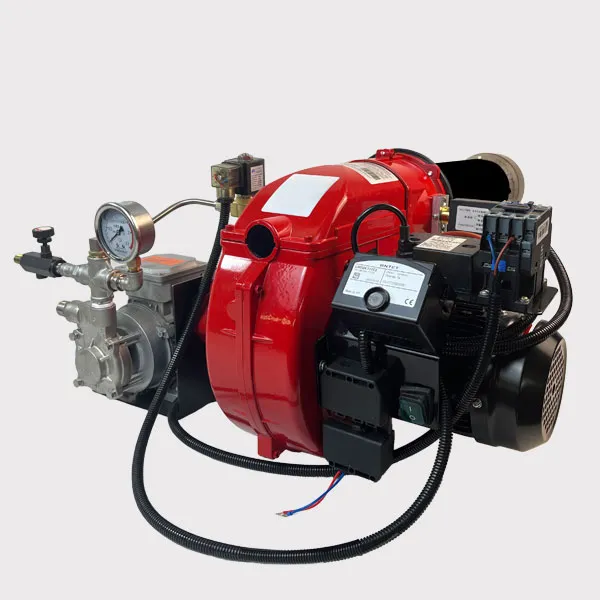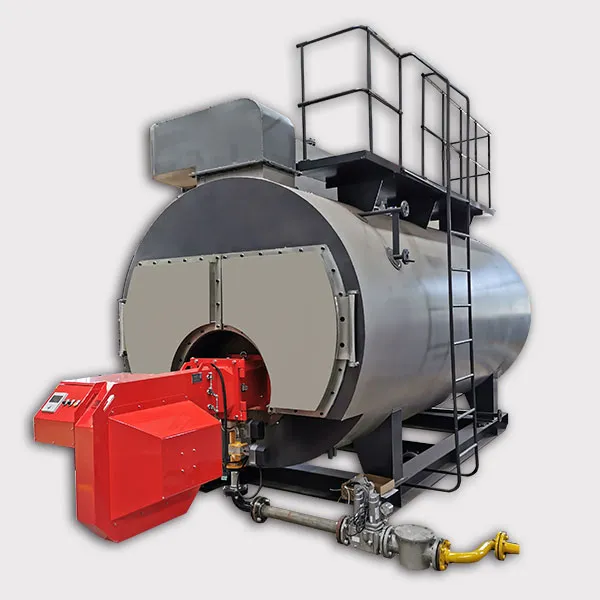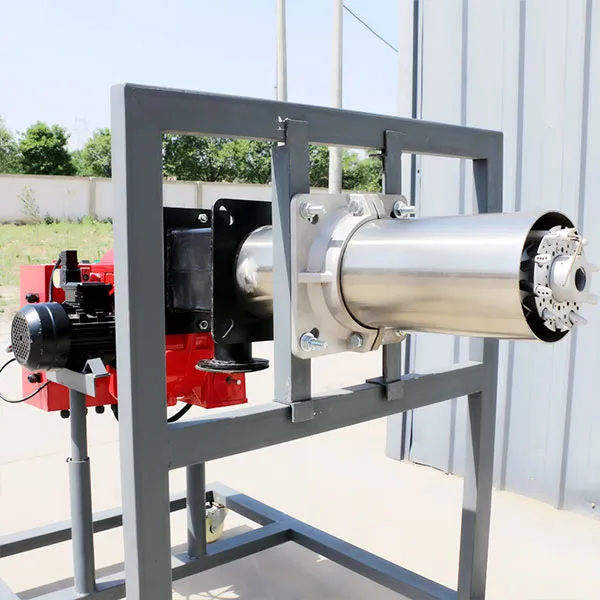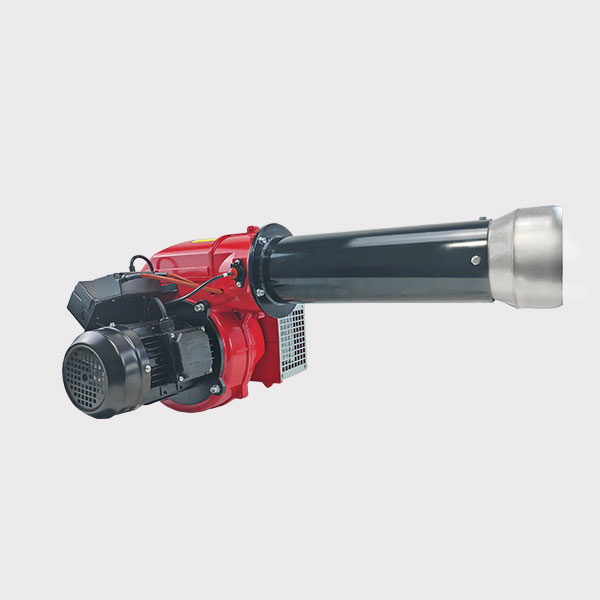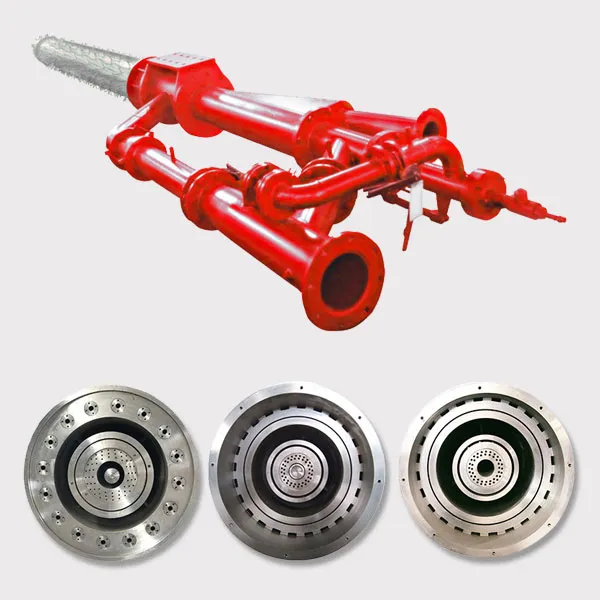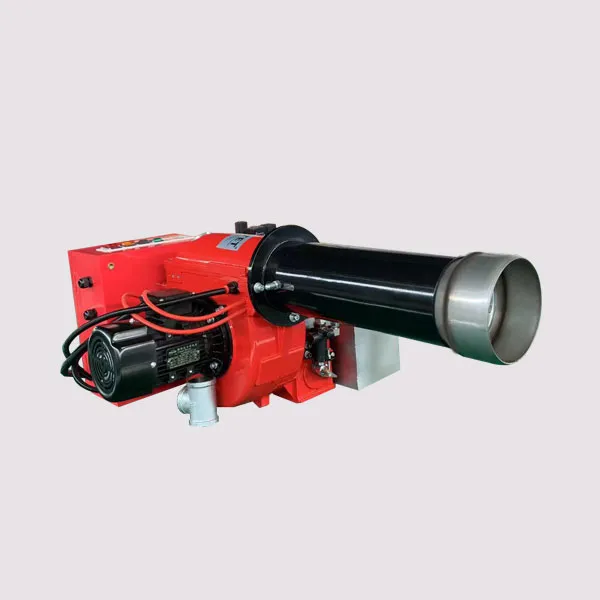Why are the colors of burner flames different
2024-11-11 14:50:04
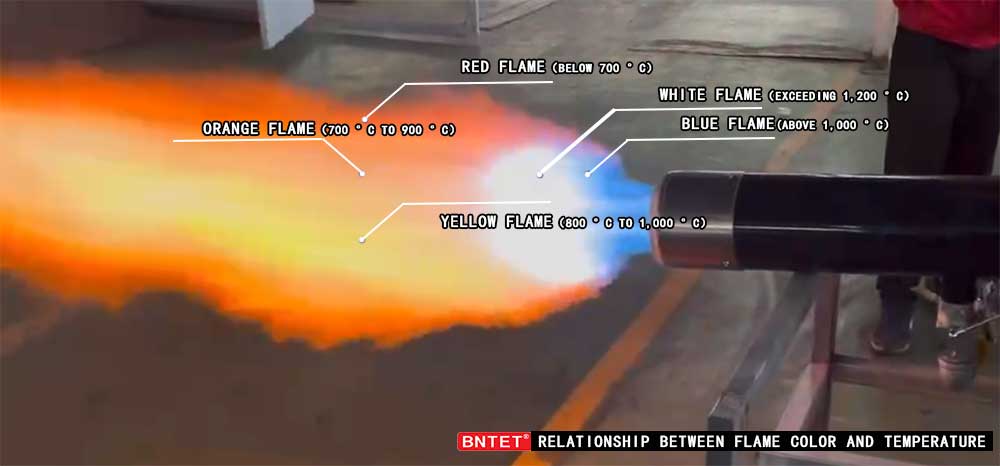
The difference in burner flame color is mainly related to the following factors:
1. Fuel type
Different fuels: Different types of fuels (such as natural gas, diesel, hydrogen, etc.) produce different flame colors when burning. For example, natural gas combustion usually produces colorless or blue flames, while some oil fuels may produce yellow or orange flames.
2. Combustion temperature
Temperature effect: The color of the flame is closely related to the combustion temperature. High-temperature flames are usually blue, while low-temperature flames may be yellow or red. At high temperatures, the fuel is completely burned and the flame color produced is less.
Relationship between flame color and temperature
?Red flame: Red flame is usually the coldest flame, with a temperature between 800 and 1000 degrees.
?Yellow flame: Yellow flame is slightly hotter than red flame, with a temperature between 1000 and 1200 degrees. For example, the yellow flame produced by burning wood or candles.
?White flame: White flame is hotter than yellow flame, with a temperature between 1200 and 1500 degrees. For example, the white flame produced by alcohol lamps or ethanol lamps.
?Blue flame: Blue flame is usually the hottest flame, with a temperature of more than 1700 degrees. For example, the blue flame produced by the burning of natural gas or liquefied petroleum gas.
3. Oxygen supply
Oxygen concentration: The amount of oxygen supplied affects the completeness of combustion. When there is insufficient oxygen, the combustion is incomplete, which may cause the flame to turn yellow or red, and produce smoke and particulate matter.
4. Combustion efficiency
Complete combustion and incomplete combustion: When the combustion is complete, the flame color is usually bluer and clear; incomplete combustion may cause the flame to turn yellow and more carbon particles (such as smoke) to appear.
5. Presence of impurities
Fuel purity: If the fuel contains impurities (such as moisture, other hydrocarbons, etc.), it may affect the flame color during combustion, causing the flame to turn yellow or red.
6. Chemical reaction
Chemical composition: Certain chemical reactions cause the flame to produce a specific color. For example, the combustion of sodium produces a yellow flame, while the combustion of copper produces a green flame.
Summary
The change in burner flame color is the result of the combined action of many factors, including fuel type, combustion temperature, oxygen supply, combustion efficiency, impurities and chemical reactions. Understanding these factors can help optimize the combustion process and improve combustion efficiency and safety.


